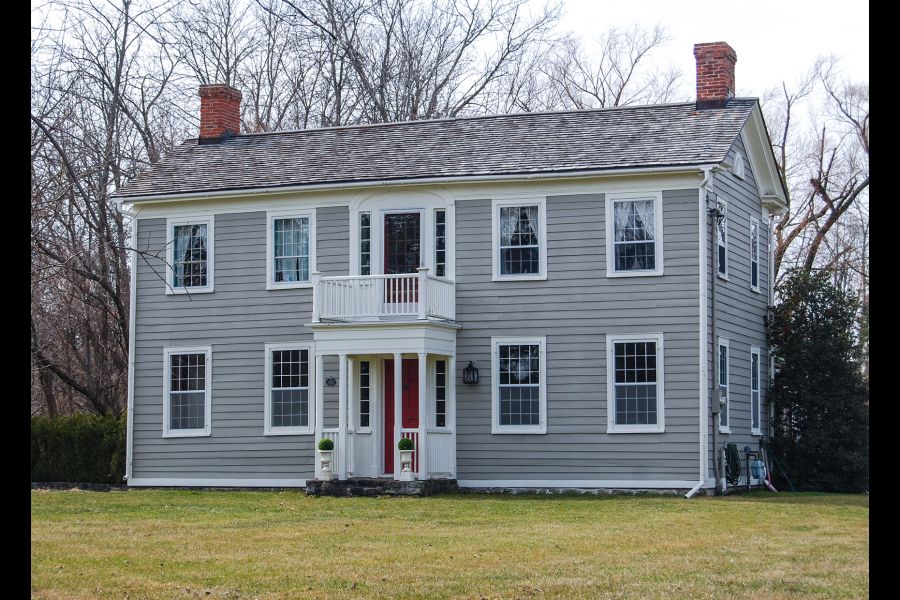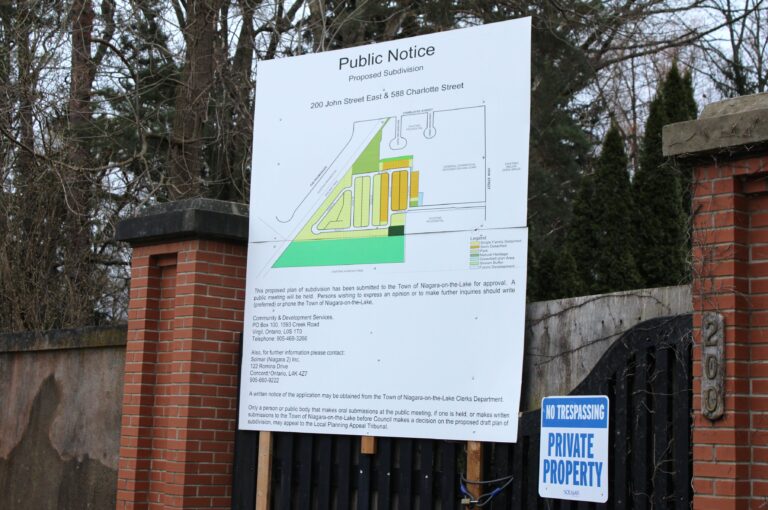The occupation of Niagara by the Americans during the War of 1812 irrevocably altered the built landscape.
Destruction of homes and commercial buildings, particularly during the final months of that war, was an activity engaged in by both the Americans and British forces. As a result, by the end of the conflict there were very few pre-war buildings left standing.
Now, the Town of Niagara (a.k.a. NOTL’s old town) was a pretty small place at the time. In fact, Plan V of Niagara drawn in 1810 identifies the location of only about 125 structures not attached to Fort George. So, the near total devastation of this small community left us with a massive gap in our architectural history.
While we can only imagine what the town may have looked like had the war losses never occurred, here and there the occasional house did survive. And some of these still stand, presenting a facade that has not been significantly altered from its original state.
One of these houses was built in 1805 as the home of James Clement, who had served with the Butler’s Rangers during the Revolutionary War. With the start of the War of 1812, Clement was called back into service as a dispatch rider as he was considered an “excellent horseman” who owned thoroughbreds of “speed and great endurance.”
The house he left was a beautiful Georgian expression: a symmetrical five-bay design set with 12/12 windows on the main floor and 12/8s on the second, interior end gable wall chimneys, and simple eave/window mouldings echoing the shadow lines of the clapboard and corner boards. The rare (in Canada) Federal-style portico over the main entry with a balcony serviced by a side-lit door that largely duplicates the main entryway makes a distinct design statement.
While no one is certain why this house was saved the fate of most of its neighbours, local tradition has it that when the American troops came to the door, they were met by Catharine Clement (née Crysler) who was pregnant with her 11th child and likely had wee ones in tow). Whatever she said, in a rare expression of compassion, the American commander decided to leave the family with a roof over their heads.
Thanks to Catharine, we have a rare survivor that allows a glimpse into the architectural variety that may have been present on early NOTL Georgians.











